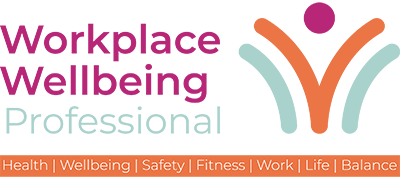Productivity losses for employees with low individual wellbeing and commitment are as much as 2.5 times more than those with high individual wellbeing and commitment, finds new research from Fruitful Insights, in partnership with Legal & General Group Protection.
To put that another way, where low individual wellbeing and commitment are factors, productivity loss per employee is calculated at £10,500 per year, in comparison to a productivity loss of £4,200 per employee, per year where individual wellbeing and commitment are high.1
This suggests that helping the UK working population reach both a level of high individual wellbeing and commitment could generate as much as £34 billion in improved productivity per year.1
Subjective wellbeing measures only tell half a story; the what, but not the why
The data confirms a widely held understanding that subjective wellbeing measures – such as job satisfaction – correlate directly to the impact of wellbeing on the productivity of a business; the lower the overall satisfaction level of employees, the less productive the business is.
This can help to show whether a company has a positive or negative overall employee wellbeing status but it doesn’t tell us why this is the case.
The analysis found that cultural factors – such as work control, competence and relatedness (good relationships with managers and colleagues) – represented the key drivers that lead to positively or negatively impacting wellbeing. For example, comparing responses from employees who ‘definitely agree’ or ‘definitely disagree’ with various key cultural factors that impact wellbeing:
- Productivity loss for an employee without supportive colleaguesis calculated at £10,000; more than double the productivity loss for an employee with supportive colleagues (£4,700)
- For an employee who feels valuedversus an employee who doesn’t, the productivity loss is £3,700 vs £10,400 respectively.
- And where an employee feels their skills are being used appropriatelyversus an employee who doesn’t, the loss is £3,600 vs £9,800 respectively.
100% productivity is a myth; it risks hindering, instead of helping, wellbeing
These findings also reveal that 100% productivity is a myth, say Fruitful Insights and Legal & General Group Protection. As shown in the data above, even where employees are on their best form, there is some productivity loss; likely due to an element of absence or dissatisfaction.
Mike Tyler, Chairman and Co-Founder of Fruitful Insights, commented:
It would be impossible to get productivity loss to zero. Thinking you can, might only lead to issues such as work-related stress and burnout. The important point is that the most satisfied employees have a much lower level of productivity loss than the very dissatisfied employees. So, our focus should be on bringing the tail up; focusing on where people are dissatisfied, as opposed to expecting 100%.
Mike Tyler, Chairman and Co-Founder of Fruitful Insights
Joanne is the editor for Workplace Wellbeing Professional and has a keen interest in promoting the safety and wellbeing of the global workforce. After earning a bachelor's degree in English literature and media studies, she taught English in China and Vietnam for two years. Before joining Work Well Pro, Joanne worked as a marketing coordinator for luxury property, where her responsibilities included blog writing, photography, and video creation.



